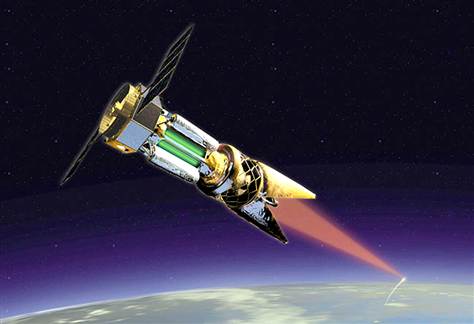University of Pittsburgh researches recently announced that they have discovered a means of wirelessly transmitting data thousands of times faster than current standards. The Pittsburgh group, led by Hrvoje Petek, a physics and chemistry professor at the university, indicated that they have theoretically found a way to transmit data between devices in the terahertz frequency.
Hrvoje’s “find” of a physical basis for terahertz bandwidth could potentially be used to leverage the portion of the electromagnetic spectrum between infrared and microwave light, and transmit data at rates 1,000 times faster than today’s wireless standards, which are limited to the gigahertz frequency.
“The ability to modulate light with such a bandwidth could increase the amount of information carried by more than 1,000 times when compared to the volume carried with today’s technologies,” Petek said. “Needless to say, this has been a long-awaited discovery in the field.”
The University of Pittsburgh News describes the team’s endeavors like this:
“To investigate the optical properties of a silicon crystal, Petek and his team investigated the change in reflectivity after excitation with an intense laser pulse. Following the excitation, the team observed that the amount of reflected light oscillates at 15.6 THz, the highest mechanical frequency of atoms within a silicon lattice. This oscillation caused additional change in the absorption and reflection of light, multiplying the fundamental oscillation frequency by up to seven times to generate the comb of frequencies extending beyond 100 THz. Petek and his team were able to observe the production of such a comb of frequencies from a crystalline solid for the first time.”
This technology is still in its infancy stages, but if it did become a reality, we would be able to enjoy fiber-optic speeds wirelessly to the tune of like 15.6 THz! That makes today’s 4G speeds laughable.






